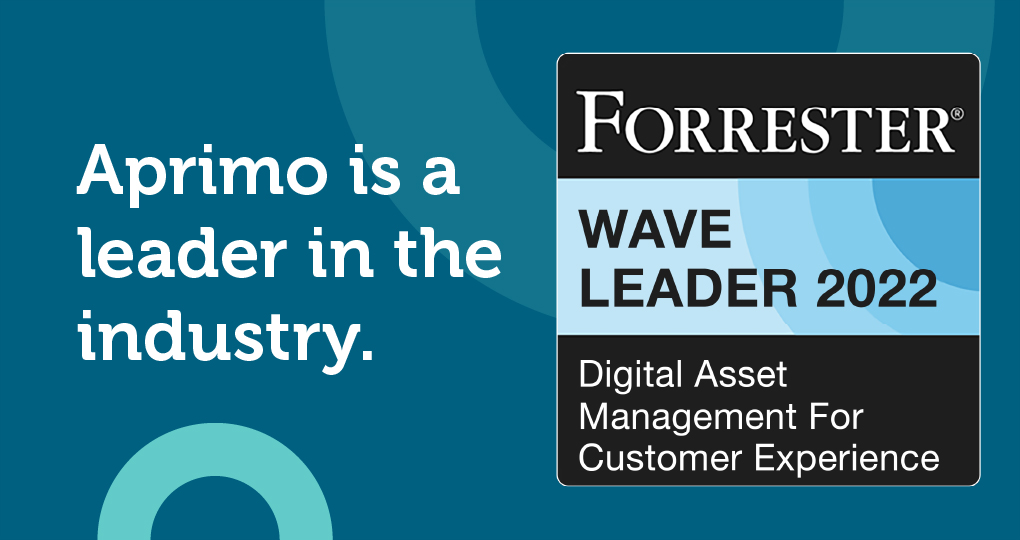The Power of DAM for Agencies


If there is one word to describe the environment of marketing agencies, it’s fast-paced. Agencies must juggle tons of creative assets for multiple clients. With so many moving parts, errors and disorganization can lead to lost time and headaches for everyone on your team. This is where digital asset management (DAM) software steps in. Utilizing DAM for agencies can streamline operations and enhance creativity and collaboration.
In this article, we’ll break down the benefits of DAM for agencies, the challenges it helps address, and how to start implementing it to boost agency success today.
Benefits of DAM for Agencies
DAM software is a system that allows agencies to store, organize, manage, retrieve, and distribute their digital assets efficiently. These assets include images, videos, audio files, documents, or design files. It’s beneficial for businesses that deal with a large volume of content.
There are numerous benefits to agencies using DAM for agencies:
-
Efficient management of creative assets and marketing materials: There’s no more need to spend hours manually searching for files or folders. Instead, one centralized DAM system stores and categorizes assets and marketing materials for easy access while minimizing the risk of asset duplication or loss.
-
Ensuring consistency and compliance with industry standards: Noncompliance could lead to financial, reputational, or legal consequences. DAM systems ensure consistency and compliance by promoting up-to-date and approved assets.
-
Empowering collaborative workflows and client communication: Collaboration is the cornerstone of success for any agency. DAM software improves collaboration for team members by allowing them to access and work on assets together. Moreover, clients can review and approve assets on the same platform, enabling real-time feedback and approvals and streamlining communication.


Challenges Addressed by DAM in Agencies
Safeguarding Sensitive Client Data and Intellectual Property
DAM software incorporates strict security measures that only provide access for authorized personnel, preventing access by malicious actors.
Simplifying Compliance with Brand Guidelines and Copyright Laws
DAM simplifies compliance by tracking licenses, usage rights, and expiration dates, addressing copyright concerns. DAM also improves brand management as a central hub for materials like approved logos and templates. Team members can thus maintain brand consistency and reduce the use of outdated materials that conflict with brand messaging.
Enhancing Collaboration and Communication Across Agency Teams and With Clients
Lastly, DAM for agencies offers features like comments, annotations, and approval workflows that enhance communication and keep all stakeholders on the same page.
Implementing DAM for Agencies
Customized DAM Solutions Tailored to Agency Needs
Agencies must first consider what their needs are for implementing a DAM solution. This includes considering current areas for improvement.
For example, agencies that suffer from improperly categorized assets can benefit from a DAM’s customized solution of metadata and tagging options. Agency heads can create a custom tagging naming convention that suits the team’s needs, making it easier to find and manage files.
Selecting an Ideal DAM System for Creative Asset Management
The ideal DAM system for agencies will contain two key factors:
-
Scalability: The ability to accommodate more assets without sacrificing performance.
-
Customization: Extensive customization options to adapt to workflow and branding requirements, including custom metadata and user interfaces.
Seamlessly Integrating DAM With Existing Agency Tools and Software
Many DAM systems have robust integration capabilities, connectors, APIs (Application Programming Interfaces), and pre-built integrations with commonly used marketing tools.
Agencies should list the essential marketing tools they’d like to continue utilizing, then assess their integration options. Some DAMs will offer direct integrations, while others allow for custom connection building using APIs.
Personnel Training for Effective DAM Adoption Across Agency Teams
The entire process isn’t over once you set up your DAM. A successful DAM implementation depends on effective training of the new system’s benefits and best practices.
Agency heads can break down personnel training by role in the agency. One such option is to hold customized workshops or training sessions for the creative side of the agency, like content creators or designers, and other sessions for project managers.


Key Features of DAM for Agencies
Precise Metadata and Tagging for Swift Retrieval of Creative Assets
Robust metadata and tagging capabilities make organizing and searching for assets a breeze. Agencies can tailor metadata and tags to match the agency’s specific needs. They can sort assets to fit project details, campaign goals, and content characteristics. This personalized approach helps users find what they need quickly using keywords and filters.
Vigilant Version Control To Protect Intellectual Property and Brand Integrity
Using the wrong versions of assets can spell disaster. DAM’s version control ensures team members have a complete overview of all versions of an asset, ensuring they only ever use the most updated one. On a grander scale, this helps protect brand integrity and intellectual property.
Comprehensive Access Control and Security Measures
Security is a big concern in any digital environment. Fortunately, DAM uses access control features and security measures to safeguard sensitive client data.
For instance, DAM systems allow agencies to set up user roles and permissions to ensure only authorized team members can revise files while clients have read-only access.
As for security measures, DAM systems use data encryption to protect all assets and audit trails to see who accessed what asset and when.
Scalability To Handle Growing Volumes of Data
Agencies grow over time as they take on more client work. DAM systems should be able to handle the increased volume of assets with scalability that maintains efficiency.
Luckily, DAM systems’ centralized asset repositories easily store and manage assets in a structured manner, regardless of how many assets come in over time. Organization, metadata, and version controls remain the same. At the same time, agencies can expand their DAM with new integrations.



